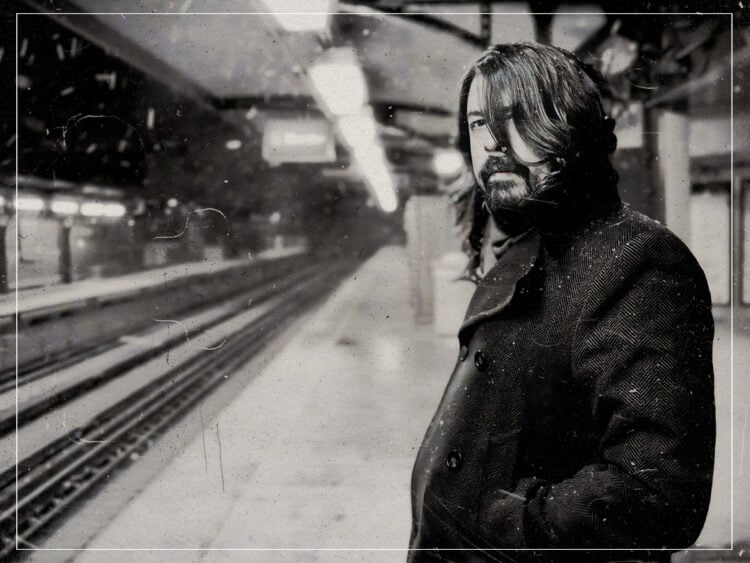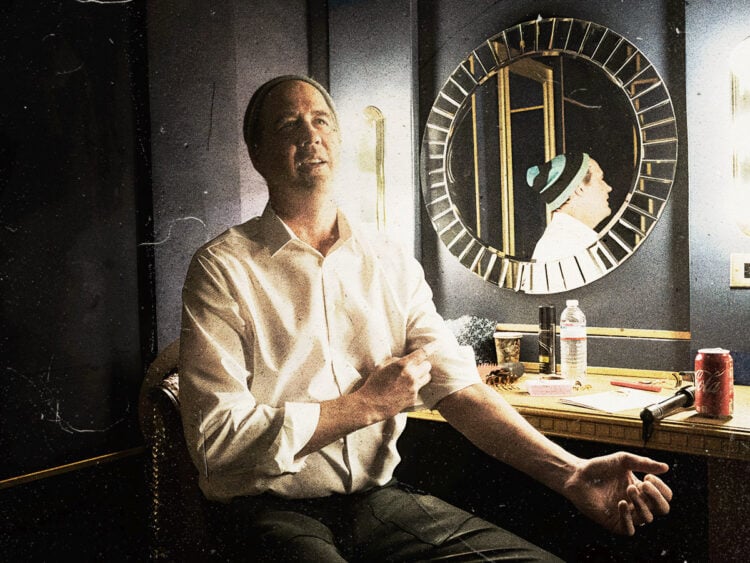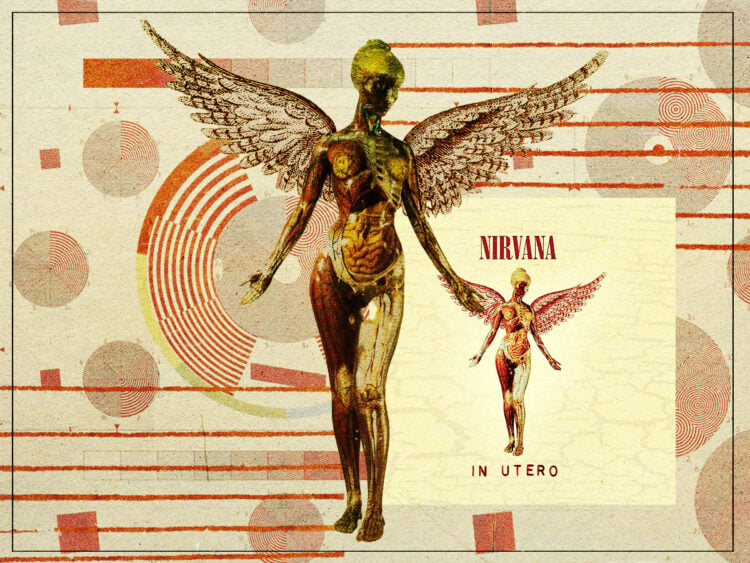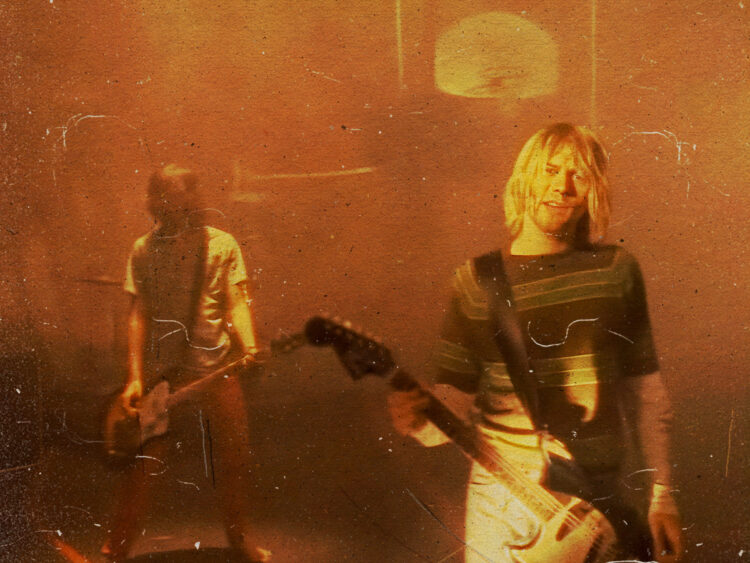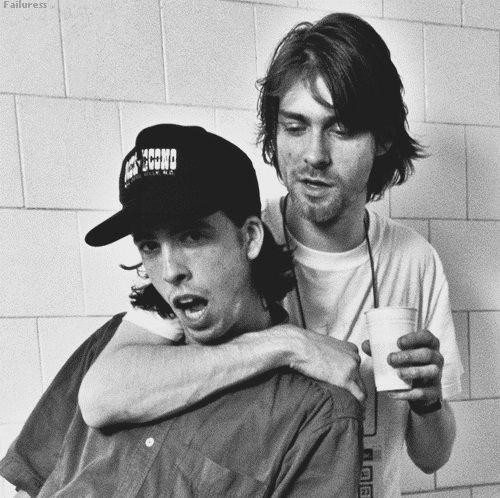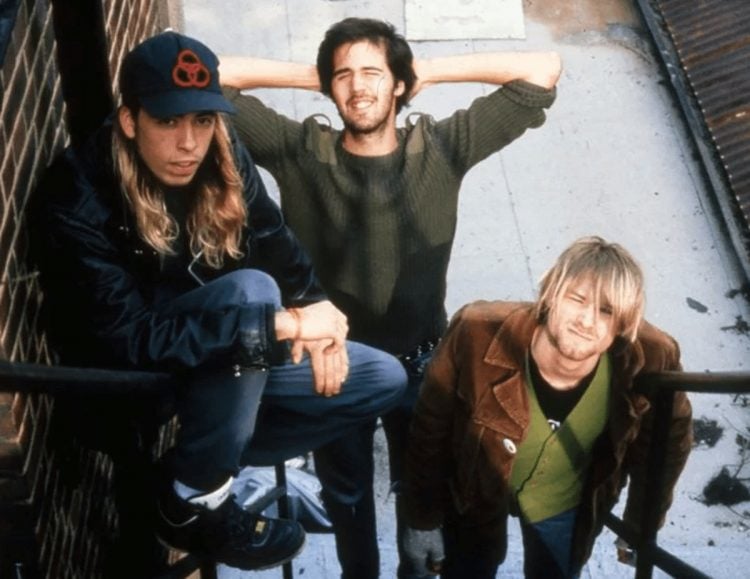How Butch Vig tricked Kurt Cobain into recording vocals
No one could have predicted the massive shot to stardom that Nirvana would have with the release of Nevermind. Since the band were more than happy to get by in punk squalors and live off the meagre stipend they would get from playing shows around Seattle, Kurt Cobain’s songs would become the anthem for the next generation, moving the alternative genre into the mainstream and turning it into a global phenomenon. Though the band would profit from their massive success, Butch Vig didn’t exactly have it easy when working in the studio.
First becoming affiliated with the band when Chad Channing was still in the group, Vig was looking to make what was intended to be the group’s follow-up record on Sub Pop. Once the Seattle label began operating as a subsidiary to a big label, the band figured they would get their deal, quickly signing to Geffen Records and gaining new drummer Dave Grohl.
Scrapping most of what they had initially done during their first sessions with Vig, the band were still adamant about using Vig on their next record. When talking about the making of the record, Krist Novoselic talked about wanting to keep everything easygoing in the studio, telling Classic Albums, “One of the reasons why we decided to do Nevermind with Butch was because of how patient he is”.
Although the band would go into the famous Sound City Studios in California, Cobain wasn’t looking to make the kind of flashy rock records that he heard on the radio. From day one in the studio, Cobain wanted to capture the sound playing live, thinking they sounded their best when capturing songs in one take whenever possible.
When recording the vocals, though, Cobain wasn’t a fan of double-tracking his voice. While the effect creates a stereo image that fills out the rest of the sound, Cobain thought it was too much of a gimmicky thing until Vig brought up one of his idols. As Vig recalled, “He didn’t like doing double-tracks, so I had to use the John Lennon reference. Every time he resisted, I was like, ‘John Lennon did it’, and he would go, ‘Okay’”.
Still, Cobain was hesitant to even get too many vocals down on the final tape. Although most of the songs were played to perfection, the frontman wanted to have as few takes as possible on his vocals, thinking that he would get something that sounded closer to the punk sounds he heard in his head.
While Vig was used to Cobain resisting, he tricked him into recording more takes whenever he got the chance. Talking to Guitar World, Vig would recall how many times he would lie to Cobain through the glass to get the right take, explaining, “What I ended up doing was recording everything he sang, even the warm-ups. A lot of times, I’d actually be going for a first take, but he would think it was just a warm-up. If I was lucky, I could get as many as four takes out of him. Then I’d take the best pieces of each one and make a master out of it”.
Despite Cobain’s intentions to bury the high end of the mix, what fans got to hear was too polished to his liking, eventually going in the exact opposite direction when making the album In Utero. Even if Cobain didn’t like the sound of his vocals on Nevermind, that voice would go on to define what modern rock would sound like.

